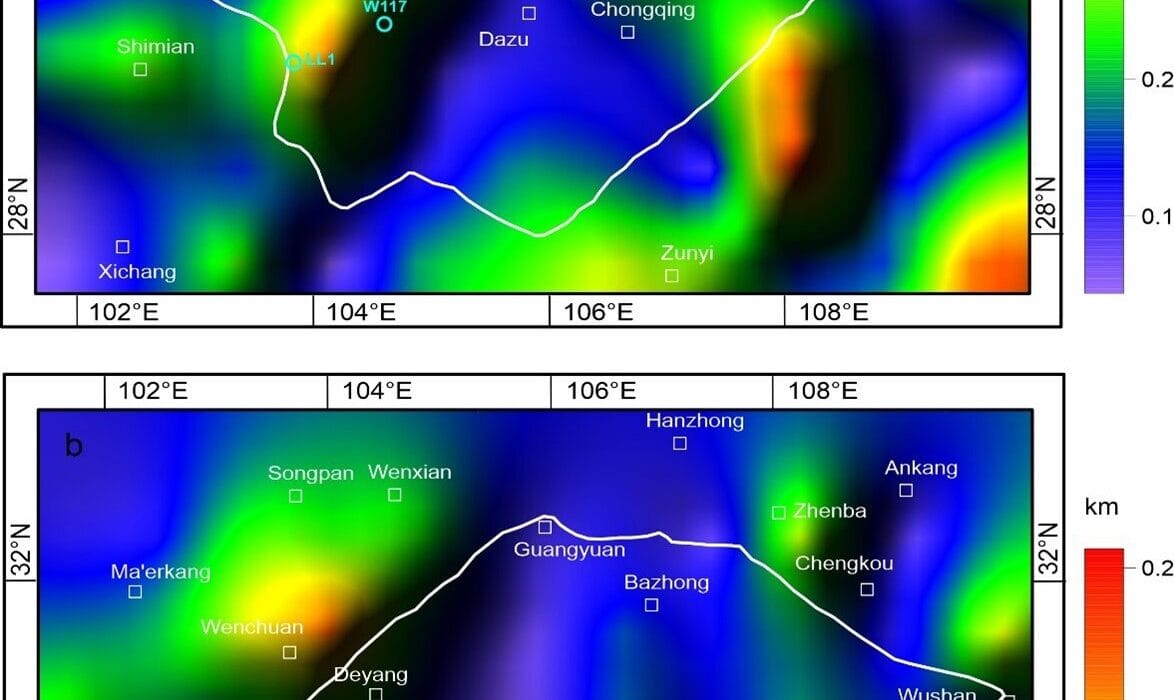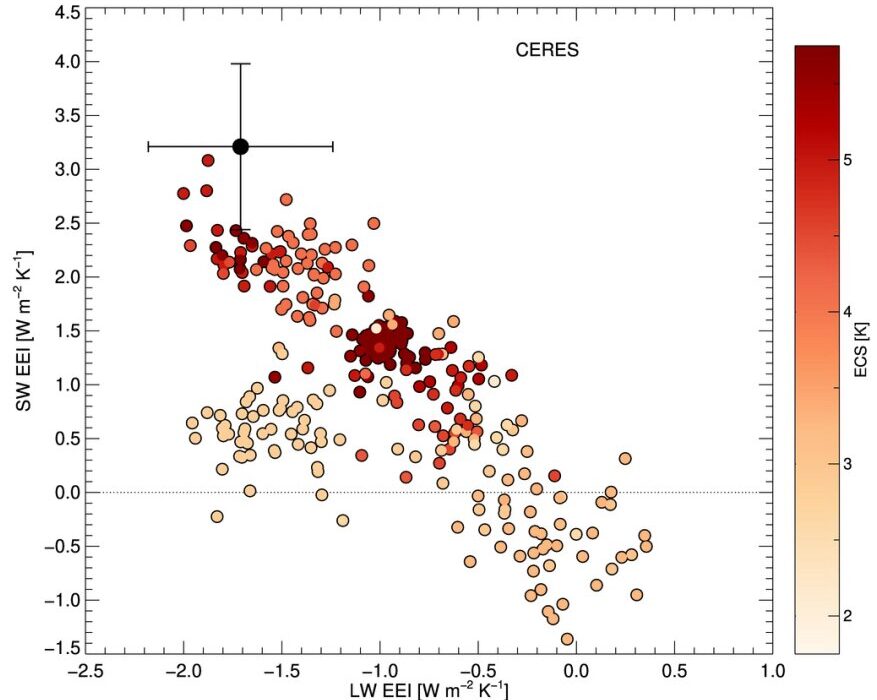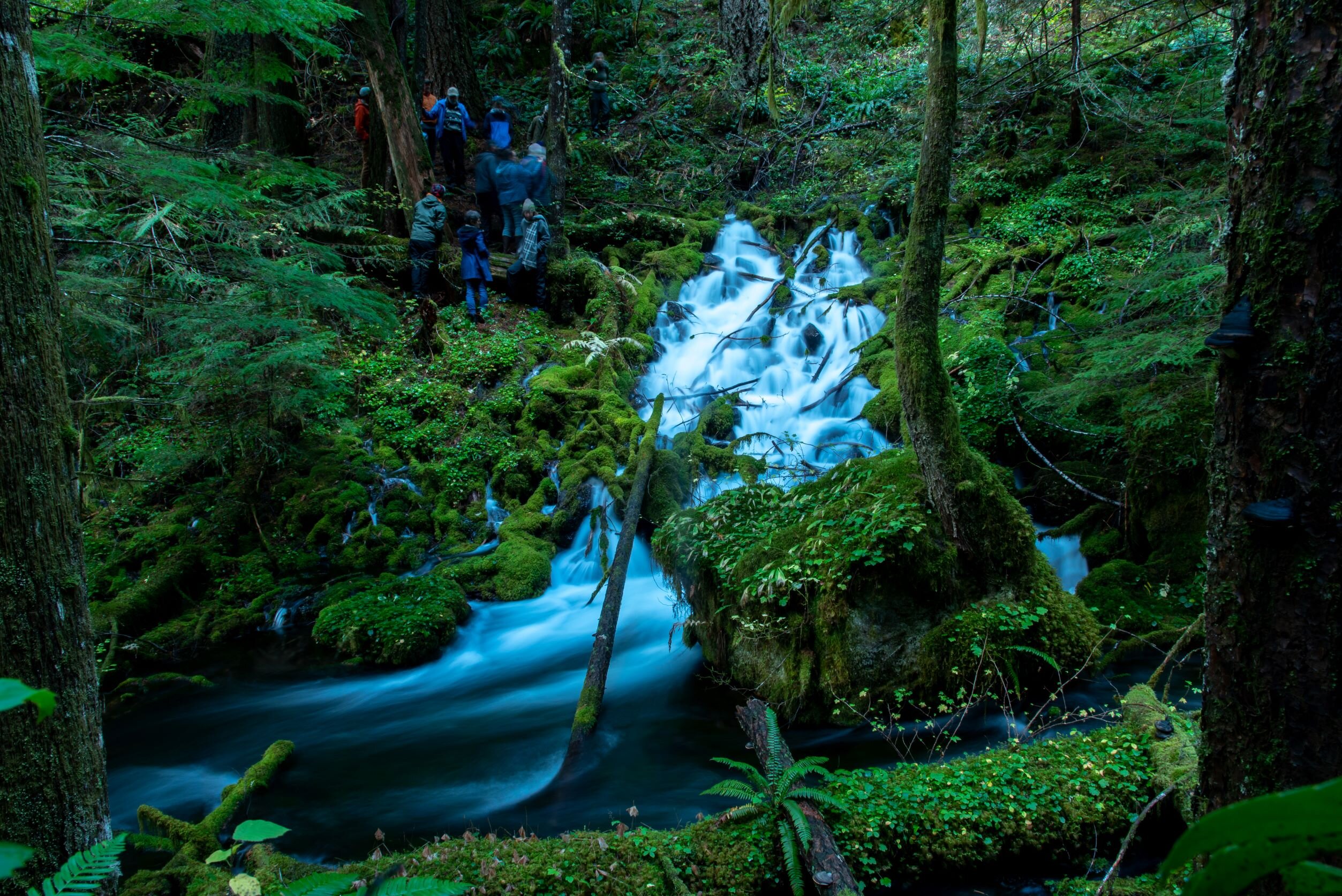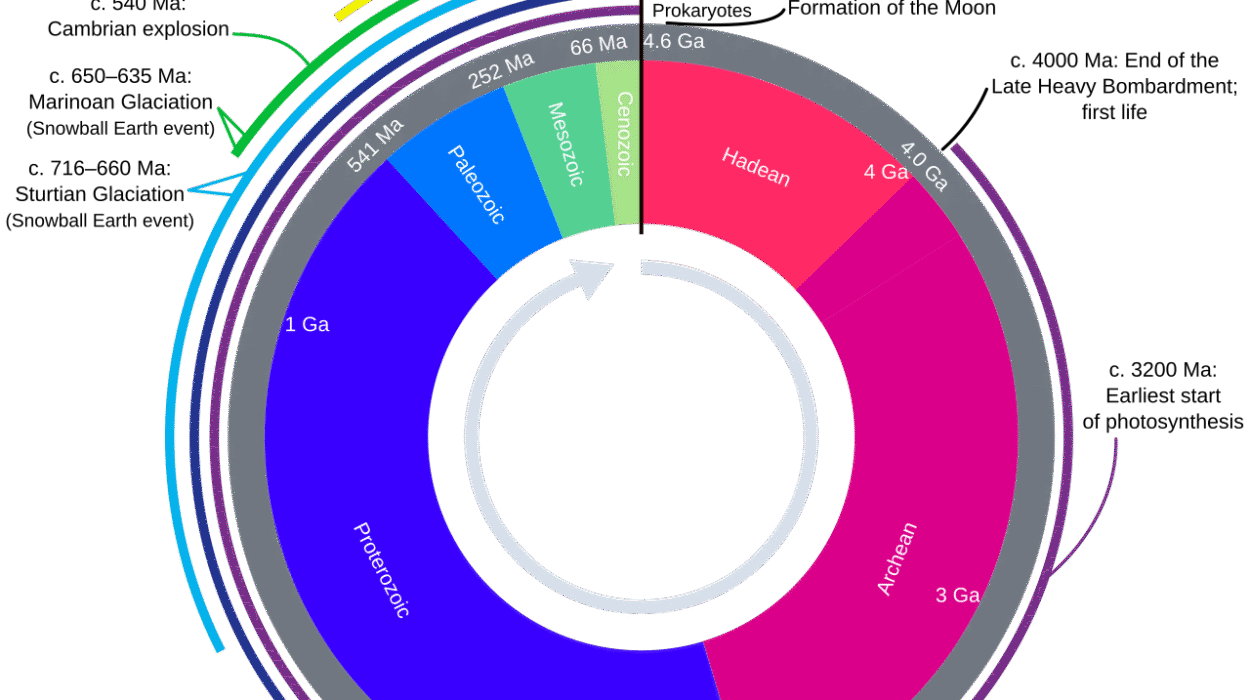Deep in the heart of the Andes, far above sea level where the sky glows cobalt and the air is thin, lies a shimmering illusion of water—vast salt flats that stretch beyond the horizon. But beneath their blinding crusts is a hidden world of extraordinary chemistry, where ancient waters hold the key to one of the 21st century’s most critical resources: lithium.
Lithium is the lifeblood of the global clean energy revolution. It powers the lithium-ion batteries that run electric vehicles, store solar power, and energize countless mobile devices. Yet for all its importance, the geochemistry of lithium’s most significant source—high-altitude brines locked in salt pans—has remained an enigma. Until now.
A groundbreaking study published in Science Advances on May 23 has pulled back the curtain on this subterranean universe, revealing a surprising player in the chemical drama: boron. Led by researchers at Duke University, the study uncovers how boron, not the usual suspects like carbonates, governs the chemistry of lithium-rich brines in some of the world’s most critical mining regions.
Salty Secrets of the Andes
About 40% of the world’s lithium production flows from what might appear to be desolate wastelands—the “salars,” or salt flats, of South America’s Lithium Triangle. Stretching across Bolivia, Chile, and Argentina, and extending to the Tibetan Plateau in Asia, these high-altitude basins are geological time capsules. Their brines have been accumulating over millennia, a distillation of minerals leached from surrounding volcanic rocks, trapped by evaporation and altitude.
In these arid landscapes, traditional lithium extraction begins with drilling into underground reservoirs and pumping brine into expansive, shallow ponds. Sunlight and wind slowly evaporate the water, concentrating lithium and other dissolved elements through stages until the final product can be harvested and refined.
But what scientists hadn’t fully understood—until now—was the deeper chemistry of these brines. What controls their pH? How do they evolve chemically during evaporation? And why do they behave so differently from other saline waters like seawater?
A Different Planet Beneath Our Feet
“It’s like studying an alien world,” said Avner Vengosh, senior author of the study and Chair of Earth and Climate Sciences at Duke University. “The brines in salars aren’t just saltwater—they’re governed by an entirely different geochemical logic. What we found is that boron, not carbonate, drives the pH of these fluids.”
Typically, the pH of natural waters—whether in rivers, lakes, or oceans—is buffered by carbonate molecules, which can absorb or release hydrogen ions to stabilize acidity. But in the Salar de Uyuni, a vast Bolivian salt flat harboring the world’s largest known lithium deposit, carbonate buffering has been overtaken by another element: boron.
Vengosh and his team discovered that boron occurs in multiple forms within these brines: boric acid and borate ions. These molecules engage in a series of geochemical reactions that alter pH in unusual ways. Most startling was the realization that boron dominates alkalinity—the chemical capacity of a solution to neutralize acids—in these brines.
Acid from the Sky
In natural underground conditions, the brines tend to hover around neutral pH—neither strongly acidic nor strongly alkaline. But once brought to the surface and exposed to intense evaporation in solar ponds, the chemistry changes dramatically. The team’s measurements showed that brine samples from evaporation ponds become increasingly acidic over time.
Why? As the water evaporates, boron concentrations rise. At high concentrations, boric acid begins to break down, releasing hydrogen ions. This influx of hydrogen drives the brine toward lower pH—an acidic shift that would be unexpected in seawater or freshwater settings, where carbonate buffering would normally kick in.
“In Salar de Uyuni, carbonate alkalinity is diminished, and boron takes over,” explained Gordon Williams, the study’s lead author and a Ph.D. student in Vengosh’s lab. “Through evaporation, you get not just more boron, but changes in its chemical structure—how it exists in solution. That has a cascading effect on pH.”
This chemical pivot point has profound implications. Lower pH conditions can alter the solubility and mobility of metals and other elements in brine, changing how lithium and byproducts are concentrated and extracted.
Building a Global Geochemical Map
To test whether this phenomenon was unique to Bolivia, the researchers turned their attention to a broader data set. They compiled more than 300 brine analyses from lithium-rich salars across Chile, Argentina, and the Tibetan Plateau. Despite geographic variation and differences in underlying geology, the pattern held.
“In almost all cases, boron turned out to be the dominant driver of alkalinity and pH,” said postdoctoral researcher Paz Nativ, a co-author of the study. “We’re seeing a global geochemical signature here, not a local anomaly.”
This insight reframes how scientists understand the evolution of lithium brines, and it offers a new lens for assessing the sustainability and efficiency of lithium extraction. Brine chemistry isn’t just a passive background—it’s an active player in resource management and environmental impact.
Mining in the Age of Chemistry
The implications of this study extend well beyond the lab bench. As demand for lithium skyrockets—projected to triple by 2030 due to electric vehicle expansion—pressure is mounting to extract it faster, cheaper, and cleaner.
Understanding the boron-pH relationship could help engineers design better extraction technologies. For instance, if acidity can be predicted and managed, it might improve the efficiency of direct lithium extraction (DLE) technologies—next-generation methods that promise to reduce land and water use compared to traditional pond evaporation.
Moreover, acidity influences how waste brines interact with the environment when reinjected or discarded. Acidic fluids may mobilize toxic metals from surrounding sediments or require more intensive treatment. In a world increasingly focused on clean energy, ensuring that lithium production is environmentally responsible is critical.
“We need to think about the full chemical lifecycle of lithium mining,” Williams noted. “That starts with understanding how brines behave, evolve, and impact their surroundings—not just what we can get out of them.”
Boron: From Bit Player to Central Actor
Until recently, boron’s role in brine chemistry was largely overlooked. Known for its use in fiberglass, detergents, and fertilizers, boron was considered a background ion in most aqueous studies. This research flips that narrative. In lithium-rich environments, boron isn’t just present—it’s pivotal.
Its ability to exist in multiple molecular configurations, and to shape the acidity of its environment, gives boron a unique influence over the geochemical processes central to lithium extraction.
This new understanding may also help scientists probe ancient climate and geological conditions. Because boron chemistry is so sensitive to temperature, salinity, and pH, it could act as a paleoenvironmental indicator, offering clues about the Earth’s past—and even extraterrestrial settings.
“Every time we discover a new driver of geochemistry, it opens the door to new technologies, better environmental stewardship, and deeper understanding of planetary science,” Vengosh reflected. “Boron is telling us a story we’ve never heard before.”
A Salty Future
The stakes are high. Lithium is the metal upon which much of the world’s decarbonization strategy rests. As the clean energy transition accelerates, the quest for efficient, ethical, and sustainable lithium mining has become both a technological challenge and a moral imperative.
This new research, elegant in its simplicity and profound in its implications, doesn’t just add to our knowledge—it transforms it. It tells us that the invisible chemistry of salty waters matters more than we realized. That boron, once dismissed as a minor character, is rewriting the script beneath our feet.
And it reminds us that even in the most alien landscapes of Earth—in the forgotten flats of the Andes or the frozen plateaus of Tibet—new science is waiting, shimmering just beneath the surface.
Reference: The role of boron in controlling the pH of lithium brines, Science Advances (2025). DOI: 10.1126/sciadv.adw3268






